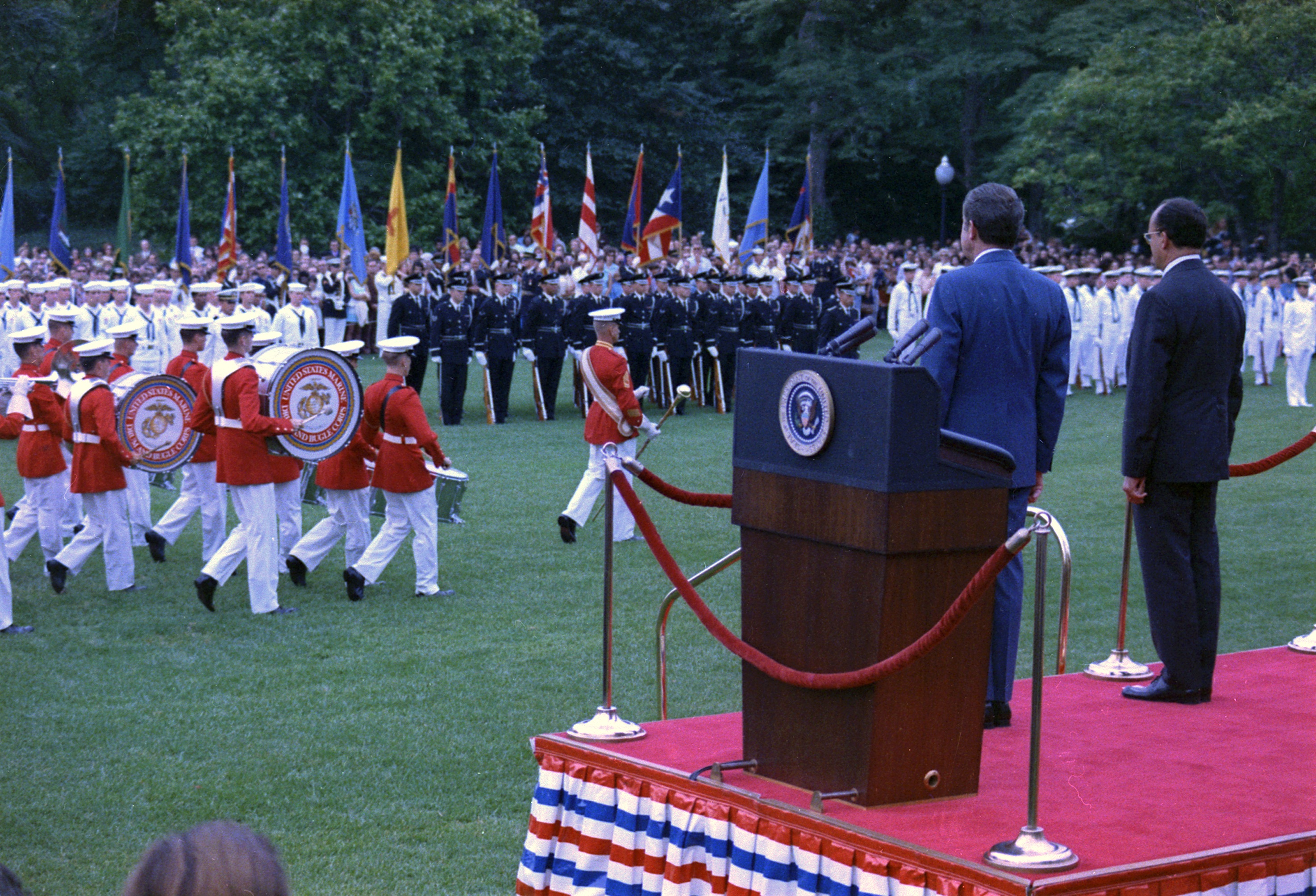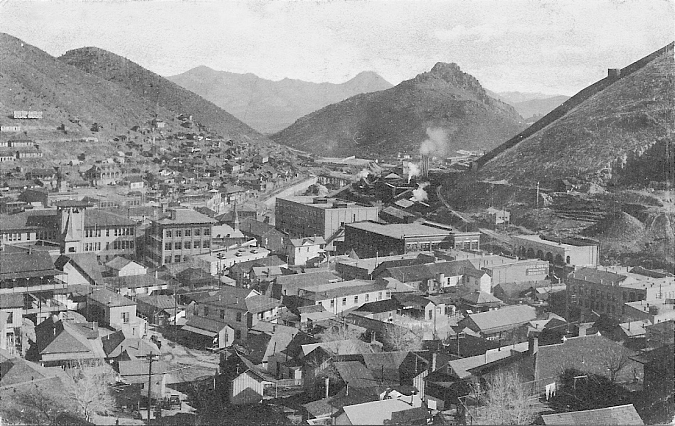|
Naco, Sonora
Naco is a Mexican town in Naco Municipality located in the northeast part of Sonora state on the border with the United States. It is directly across from the unincorporated town of Naco, Arizona. The name Naco comes from the Opata language and means prickly pear cactus. The town saw fighting during the Mexican Revolution and during a rebellion led by General José Gonzalo Escobar in 1929. During the second conflict, an American pilot by the name of Patrick Murphy volunteered to bomb federal forces for the rebels, but mistakenly bombed Naco, Arizona, instead. Today, the town has been strongly affected by the smuggling of drugs, people and weapons across the international border. History Before the arrival of Europeans, the area was dominated by the Opata peoples. Naco, Sonora, along with Naco, Arizona, came into being in 1897 as a border crossing to connect copper mines on both sides. Naco, Sonora, was officially founded in 1900 with the construction of the Naco-Cananea rail ... [...More Info...] [...Related Items...] OR: [Wikipedia] [Google] [Baidu] |
States Of Mexico
The states of Mexico are first-level administrative territorial entities of the country of Mexico, which is officially named United Mexican States. There are 32 federal entities in Mexico (31 states and the capital, Mexico City, as a separate entity that is not formally a state). States are further divided into municipalities. Mexico City is divided in boroughs, officially designated as or , similar to other state's municipalities but with different administrative powers. List ''Mexico's post agency, Correos de México, does not offer an official list of state name abbreviations, and as such, they are not included below. A list of Mexican states and several versions of their abbreviations can be found here.'' } , style="text-align: center;" , ''Coahuila de Zaragoza'' , , style="text-align: center;" colspan=2 , Saltillo , style="text-align: right;" , , style="text-align: right;" , , style="text-align: center;" , 38 , style="text-align: center;" , , , - , ... [...More Info...] [...Related Items...] OR: [Wikipedia] [Google] [Baidu] |
Battle Of Naco
The Battle of Naco, or the First Battle of Naco due to a later siege was a battle of the Mexican Revolution between Constitutionalist forces and Mexican government forces. Rebel forces under General Alvaro Obregon defeated the Mexican Army garrison and captured Naco, Sonora. Background During the Mexican Revolution, Naco was a heavily contested battleground. The border town was prosperous and its assets were highly valued by all forces during the revolution. On March 12, 1913, the federal Mexican General Pedro Ojeda evacuated Agua Prieta due to an advancing and overwhelming rebel army. His force included about 500 men, over 300 of whom were regular army troops, the remaining were Yaqui native Americans, fighting for the Mexican government. The size of Obregon's army is unknown. Twice General Ojeda left Aqua Prieta to attack rebel forces advancing to attack his garrison, he defeated to columns on March 15 and 20. On March 17, over 100 Yaquis and their families deserted and surre ... [...More Info...] [...Related Items...] OR: [Wikipedia] [Google] [Baidu] |
Köppen Climate Classification
The Köppen climate classification is one of the most widely used climate classification systems. It was first published by German-Russian climatologist Wladimir Köppen (1846–1940) in 1884, with several later modifications by Köppen, notably in 1918 and 1936. Later, the climatologist Rudolf Geiger (1894–1981) introduced some changes to the classification system, which is thus sometimes called the Köppen–Geiger climate classification system. The Köppen climate classification divides climates into five main climate groups, with each group being divided based on seasonal precipitation and temperature patterns. The five main groups are ''A'' (tropical), ''B'' (arid), ''C'' (temperate), ''D'' (continental), and ''E'' (polar). Each group and subgroup is represented by a letter. All climates are assigned a main group (the first letter). All climates except for those in the ''E'' group are assigned a seasonal precipitation subgroup (the second letter). For example, ''Af'' i ... [...More Info...] [...Related Items...] OR: [Wikipedia] [Google] [Baidu] |
Semi-arid Climate
A semi-arid climate, semi-desert climate, or steppe climate is a dry climate sub-type. It is located on regions that receive precipitation below potential evapotranspiration, but not as low as a desert climate. There are different kinds of semi-arid climates, depending on variables such as temperature, and they give rise to different biomes. Defining attributes of semi-arid climates A more precise definition is given by the Köppen climate classification, which treats steppe climates (''BSk'' and ''BSh'') as intermediates between desert climates (BW) and humid climates (A, C, D) in ecological characteristics and agricultural potential. Semi-arid climates tend to support short, thorny or scrubby vegetation and are usually dominated by either grasses or shrubs as it usually can't support forests. To determine if a location has a semi-arid climate, the precipitation threshold must first be determined. The method used to find the precipitation threshold (in millimeters): *multip ... [...More Info...] [...Related Items...] OR: [Wikipedia] [Google] [Baidu] |
Luis Echeverría
Luis Echeverría Álvarez (; 17 January 1922 – 8 July 2022) was a Mexican lawyer, academic, and politician affiliated with the Institutional Revolutionary Party (PRI), who served as the 57th president of Mexico from 1970 to 1976. Previously, he was Secretary of the Interior from 1963 to 1969. At the time of his death in 2022, he was his country's oldest living former head of state. His tenure as Secretary of the Interior during the Díaz Ordaz administration was marked by an increase in political repression. Dissident journalists, politicians, and activists were subjected to censorship, arbitrary arrests, torture, and extrajudicial killings. This culminated with the Tlatelolco massacre of 2 October 1968, which ruptured the Mexican student movement; Díaz Ordaz, Echeverría, and Secretary of Defense Marcelino Garcia Barragán have been considered as the intellectual authors of the massacre, in which hundreds of unarmed protestors were killed by the Mexican Army. The follo ... [...More Info...] [...Related Items...] OR: [Wikipedia] [Google] [Baidu] |
Bisbee, Arizona
Bisbee is a city in and the county seat of Cochise County in southeastern Arizona, United States. It is southeast of Tucson and north of the Mexican border. According to the 2020 census, the population of the town was 4,923, down from 5,575 in the 2010 census. History Bisbee was founded as a copper, gold, and silver mining town in 1880, and named in honor of Judge DeWitt Bisbee, one of the financial backers of the adjacent Copper Queen Mine. The town was the site of the Bisbee Riot in 1919. In 1929, the county seat was moved from Tombstone to Bisbee, where it remains. Mining industry Mining in the Mule Mountains proved quite successful: in the early 20th century the population of Bisbee soared. Incorporated in 1902, by 1910 its population had swelled to 9,019, and it sported a constellation of suburbs, including Warren, Lowell, and San Jose, some of which had been founded on their own (ultimately less successful) mines. In 1917, open-pit mining was successfully introdu ... [...More Info...] [...Related Items...] OR: [Wikipedia] [Google] [Baidu] |
Emilio Portes Gil
Emilio Cándido Portes Gil (; 3 October 1890 – 10 December 1978) was President of Mexico from 1928 to 1930, one of three to serve out the six-year term of President-elect General Álvaro Obregón, who had been assassinated in 1928. Since the Mexican Constitution of 1917 forbade re-election of a serving president, incumbent President Plutarco Elías Calles could not formally retain the presidency. Portes Gil replaced him, but Calles, the "Jefe Máximo", retained effective political power during what is known as the Maximato. Early life and education Portes Gil was of Dominican descent and was born in Ciudad Victoria, the capital of the state of Tamaulipas, in northeastern Mexico."Emilio Portes Gil" ''Encyclopedia Britannica'', 2009. He was a relative of |
Prohibition In The United States
In the United States from 1920 to 1933, a nationwide constitutional law prohibited the production, importation, transportation, and sale of alcoholic beverages. The alcohol industry was curtailed by a succession of state legislatures, and finally ended nationwide under the Eighteenth Amendment to the United States Constitution, ratified on January 16, 1919. Prohibition ended with the ratification of the Twenty-first Amendment, which repealed the Eighteenth Amendment on December 5, 1933. Led by pietistic Protestants, prohibitionists first attempted to end the trade in alcoholic drinks during the 19th century. They aimed to heal what they saw as an ill society beset by alcohol-related problems such as alcoholism, family violence, and saloon-based political corruption. Many communities introduced alcohol bans in the late 19th and early 20th centuries, and enforcement of these new prohibition laws became a topic of debate. Prohibition supporters, called "drys", presented ... [...More Info...] [...Related Items...] OR: [Wikipedia] [Google] [Baidu] |
Plutarco Elías Calles
Plutarco Elías Calles (25 September 1877 – 19 October 1945) was a general in the Mexican Revolution and a Sonoran politician, serving as President of Mexico from 1924 to 1928. The 1924 Calles presidential campaign was the first populist presidential campaign in Mexico's history, as he called for land redistribution and promised equal justice, expanded education, further labor rights, and democratic governance. After Calles' populist phase (1924–1926) he was committed to separating church from state (1926–1928), passing several anticlerical laws that resulted in the Cristero War. Calles is most noted for his founding of the Institutional Revolutionary Party in 1929, which ensured political stability in the wake of the assassination of president-elect Alvaro Obregón in 1928. Including its two subsequent incarnations the party held power continuously from 1929 to 1997, and was not defeated in a presidential election until 2000. After the end of his term, Calles co ... [...More Info...] [...Related Items...] OR: [Wikipedia] [Google] [Baidu] |
Venustiano Carranza
José Venustiano Carranza de la Garza (; 29 December 1859 – 21 May 1920) was a Mexican wealthy land owner and politician who was Governor of Coahuila when the constitutionally elected president Francisco I. Madero was overthrown in a February 1913 right-wing military coup. Known as the ''Primer Jefe'' or "First Chief" of the Constitutionalist faction in the Mexican Revolution, Carranza was a shrewd civilian politician. He supported Madero's challenge to the Díaz regime in the 1910 elections, but became a critic of Madero once Díaz was overthrown in May 1911. Madero did appoint him the governor of Coahuila. When Madero was murdered during the February 1913 counter-revolutionary coup, Carranza drew up the Plan of Guadalupe, a purely political plan to oust Madero's usurper, General Victoriano Huerta. As a sitting governor when Madero was overthrown, Carranza held legitimate power and he became the leader of the northern coalition opposed to Huerta. The Constitutionalist ... [...More Info...] [...Related Items...] OR: [Wikipedia] [Google] [Baidu] |
Francisco Villa
Francisco "Pancho" Villa (, Orozco rebelled in March 1912, both for Madero's continuing failure to enact land reform and because he felt insufficiently rewarded for his role in bringing the new president to power. At the request of Madero's chief political ally in the state, Chihuahua Governor Abraham González, Villa returned to military service under Madero to fight the rebellion led by his former comrade Orozco. Although Orozco appealed with him to join his rebellion, Villa again gave Madero key military victories. With 400 cavalrymen, he captured Parral from the Orozquistas and then joined forces in the strategic city of Torreón with the Federal Army under the command of General Victoriano Huerta.Krauze, ''Mexico: Biography of Power'', p. 309. Huerta initially welcomed the successful Villa, and sought to bring him under his control by naming Villa an honorary brigadier general in the Federal Army, but Villa was not flattered or controlled easily. Huerta then sought to dis ... [...More Info...] [...Related Items...] OR: [Wikipedia] [Google] [Baidu] |








